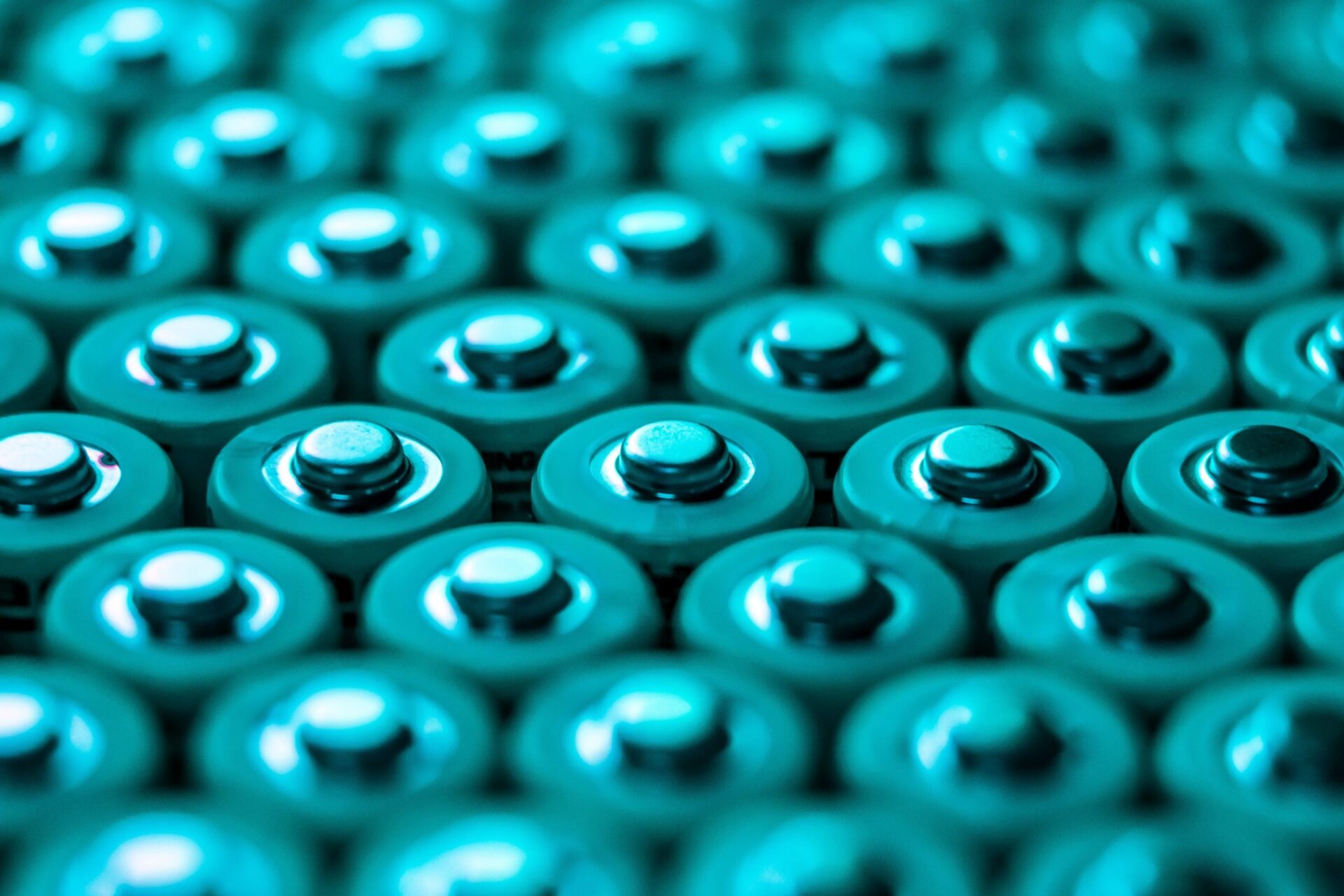
Evaluating the Future of Lithium-Ion Battery Use
Lithium-ion batteries, with their pros and cons, still dominate the market. Batteries with alternative materials are in development, but aren't yet as efficient.
Due to their high energy density, light-weight design, and relative insusceptibility to discharging, lithium-ion batteries have become ubiquitous. We find them in our personal devices, as well as in increasingly popular electric vehicles. As this technology advances, lithium-ion cells are also being implemented in new areas, including a Japanese naval submarine and increasingly larger-scale energy storage applications. Lithium-ion batteries have a lot of potential to be paired with solar or wind energy in order to store energy during periods of inconsistent energy generation.
Nevertheless, lithium-ion batteries remain a pricey option due to the raw materials required, and they still do not have an infinite lifespan due to degradation. Current research is looking into ways to lower costs and prolong lithium-ion battery life. GM is working on electric vehicles with batteries that minimize the use of cobalt, which is a particularly expensive component of lithium-ion batteries.
A new electrolyte material has recently been developed to increase the maximum voltage that a typical lithium-ion battery can withstand before deteriorating, making the batteries safer, less flammable, and longer-lasting between charges. Even with these developments and many that are still underway, the growth of lithium-ion batteries will still cause some stresses.
Lithium-ion batteries are projected to continue to grow in the coming years, due to falling prices and increasing demand for devices that use them. With this growth comes strain on the raw materials and resources that are necessary to produce them. Cobalt and nickel, common materials used in the battery cathodes, are expensive and damaging to mine. Cobalt specifically is low in abundance and difficult to obtain, as the majority of it is sourced from the Democratic Republic of the Congo, and the demand is taking a toll on the workers as well as the local environment.
With raw materials becoming harder to obtain, new solutions need to be considered, one being recycling of lithium-ion batteries. This is easier said than done. The inherent composition of lithium-ion batteries makes them extremely difficult to separate into individual components. Strides have been taken to develop methods of recycling lithium-ion batteries, and though these methods have only been demonstrated at small scales, they point us towards a future where lithium-ion recycling could become commonplace.
Alternatives for lithium-ion batteries made from more accessible materials have been proposed and developed, but lithium-ion batteries remain one of the most efficient and reliable options. Even if they did start to get phased out, there would still be a need to properly handle the material from existing batteries that have reached the end of their lives.
Recycling of lithium-ion batteries remains a topic that needs to be better researched so it can be implemented on a wider scale. It is, therefore, critical that we design market incentives to make this complicated and costly process a more viable alternative to disposal. Currently, lead-acid batteries are among the most recycled materials, due mainly to government regulation that prohibits lead batteries from being disposed of and requires them to be recycled.
Whether or not a similar regulation could be adopted for lithium-ion batteries remains to be seen. However, as lithium-ion technologies continue to progress and their use continues to spread, the search for solutions to quell the race for materials and the growing production of waste will no doubt grow as well.
Kelly Chen
Undergraduate Seminar FellowKelly Chen is an undergraduate student studying materials science and engineering at the School of Engineering and Applied Science. Chen was also a 2020 Undergraduate Student Fellow.

